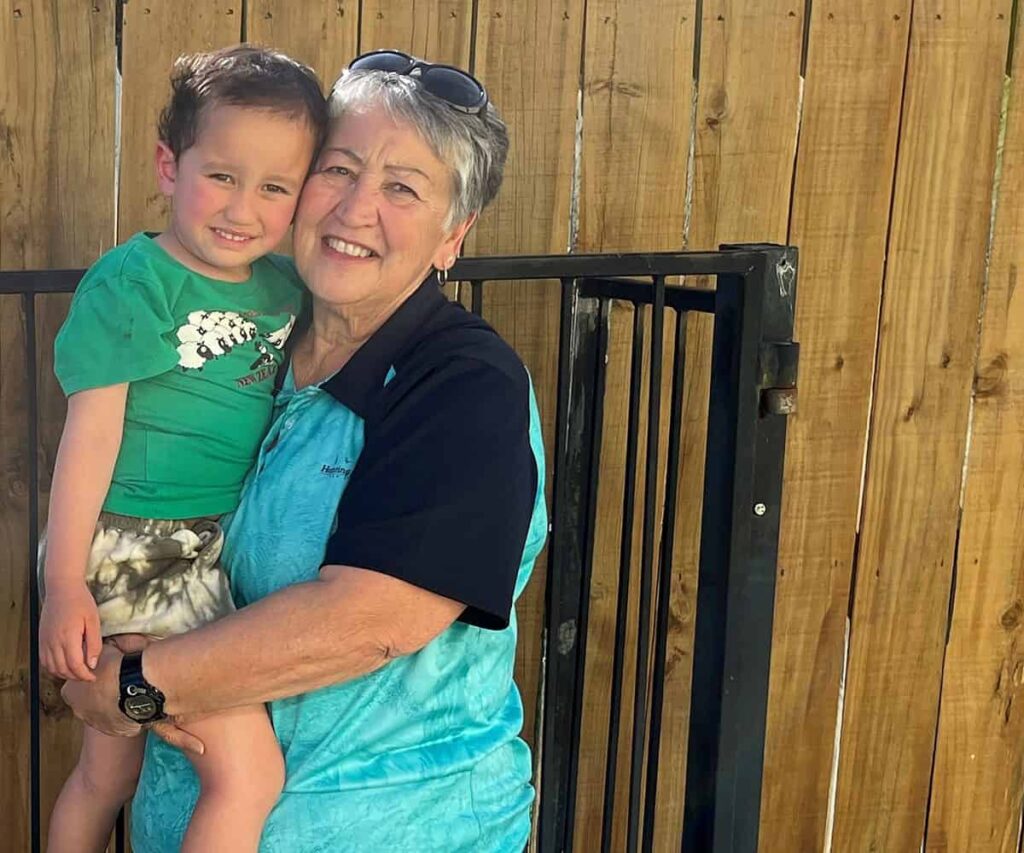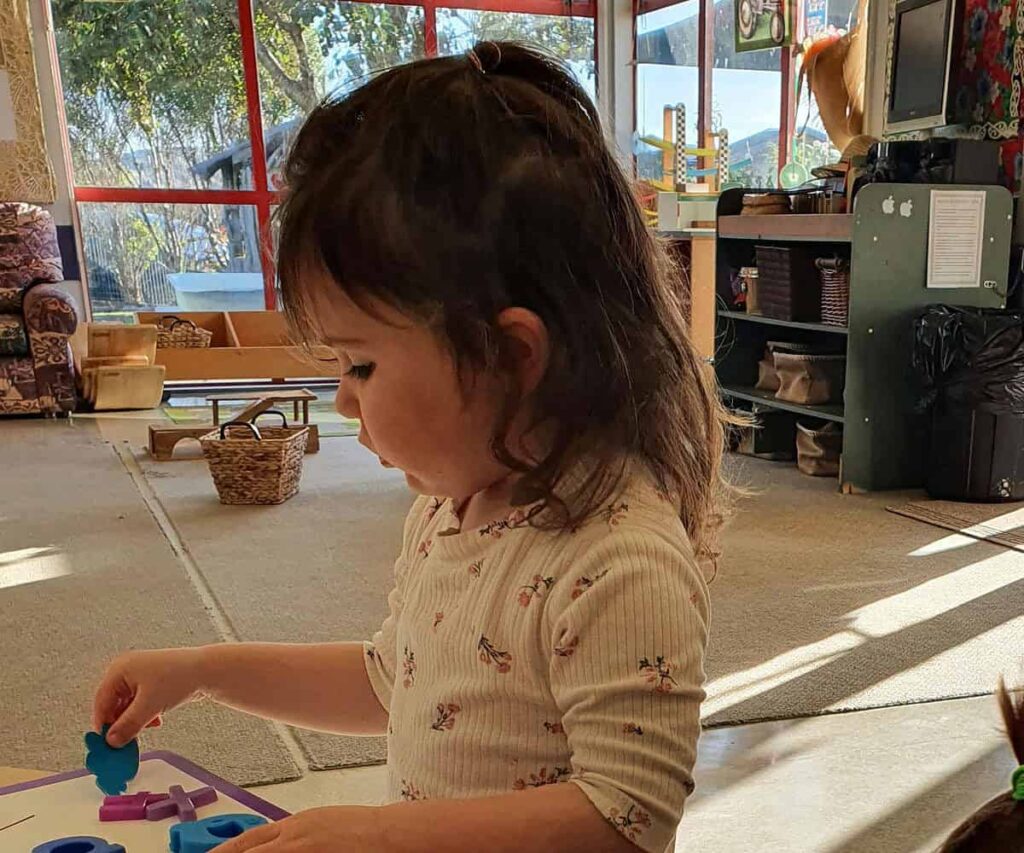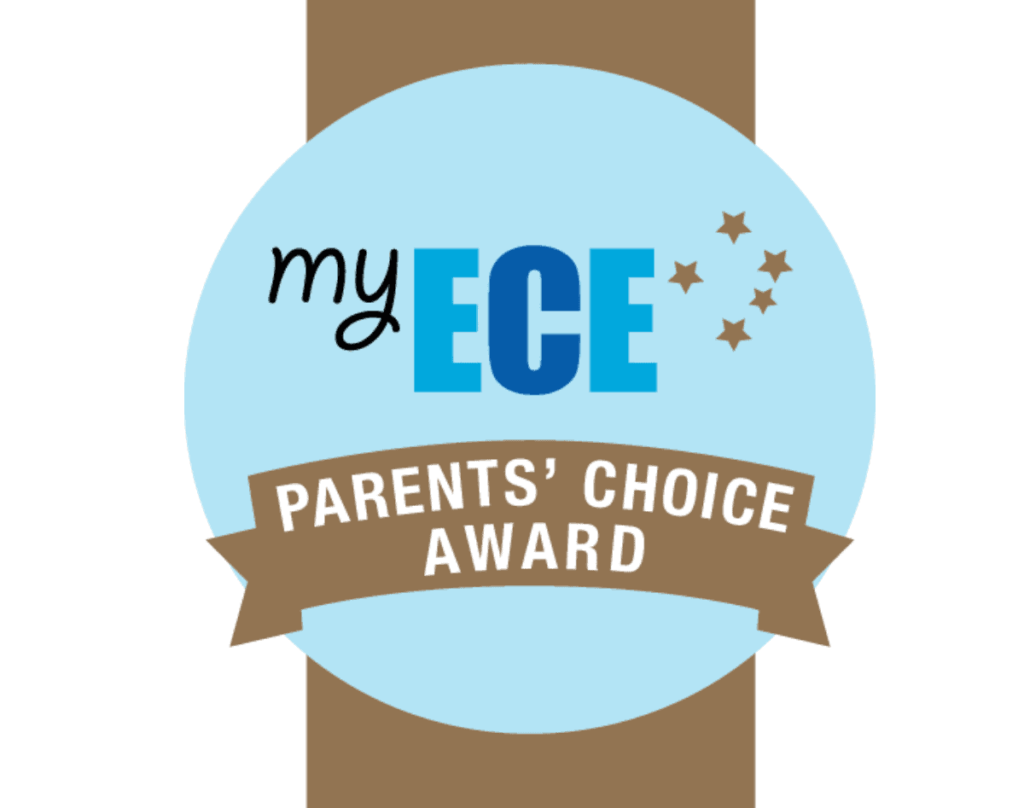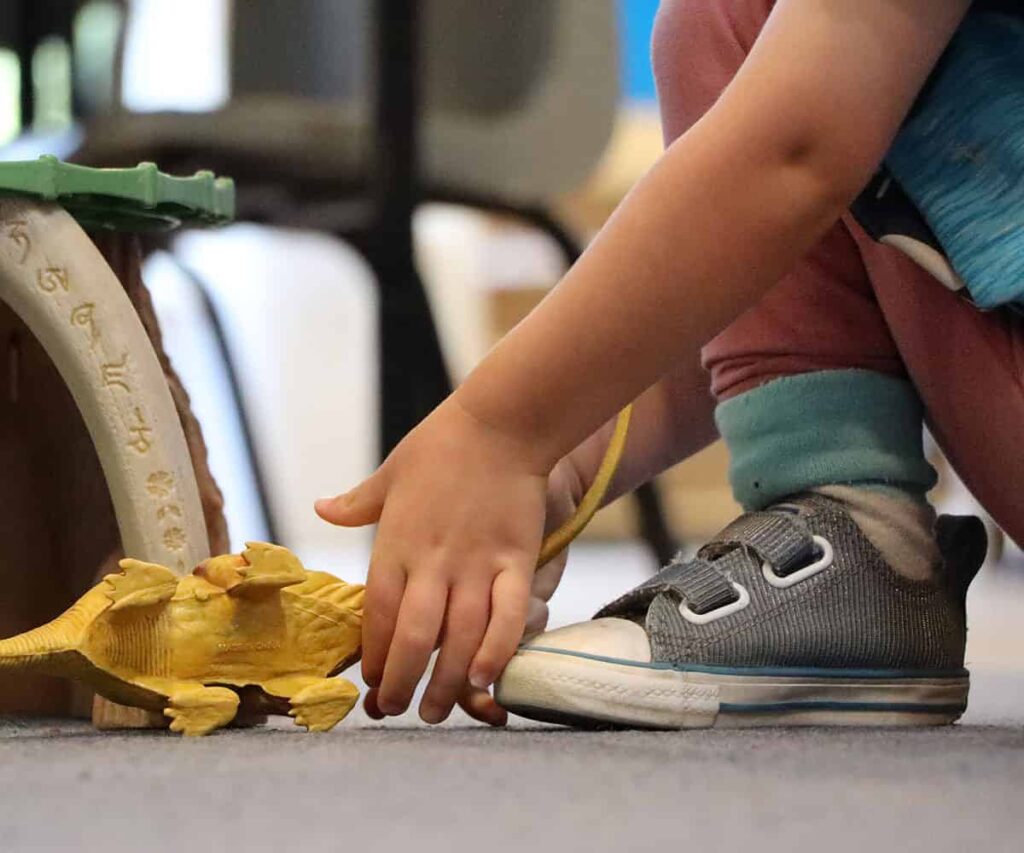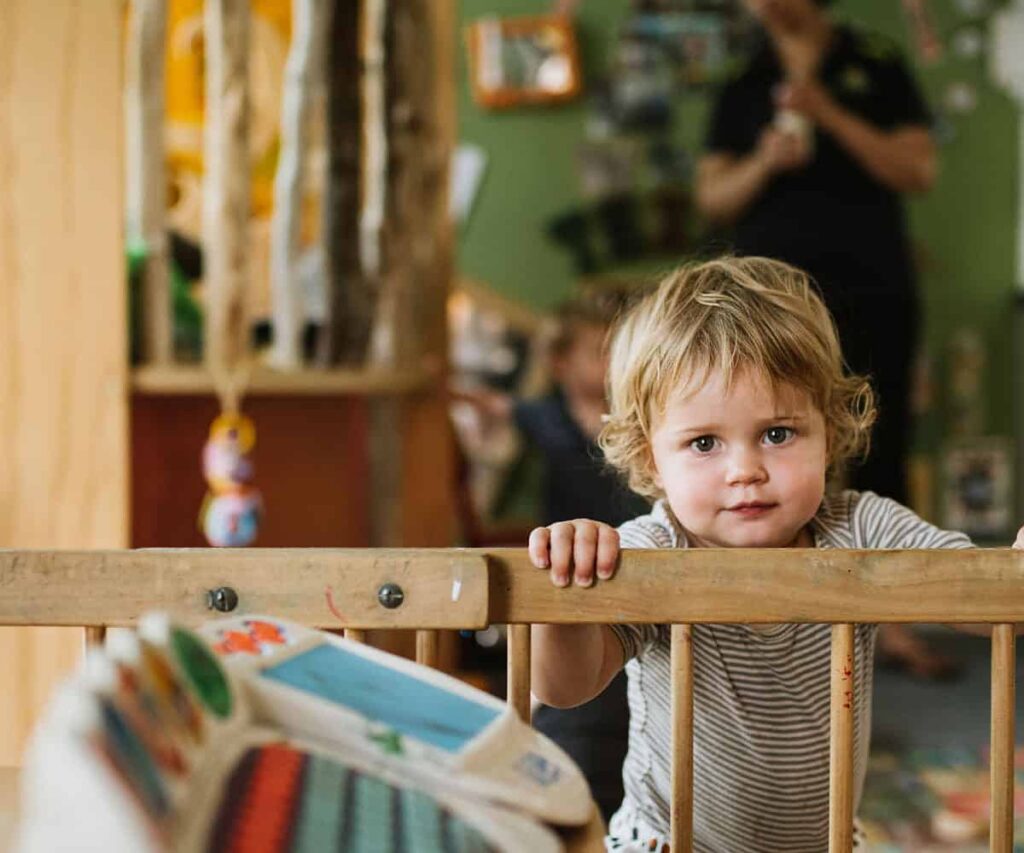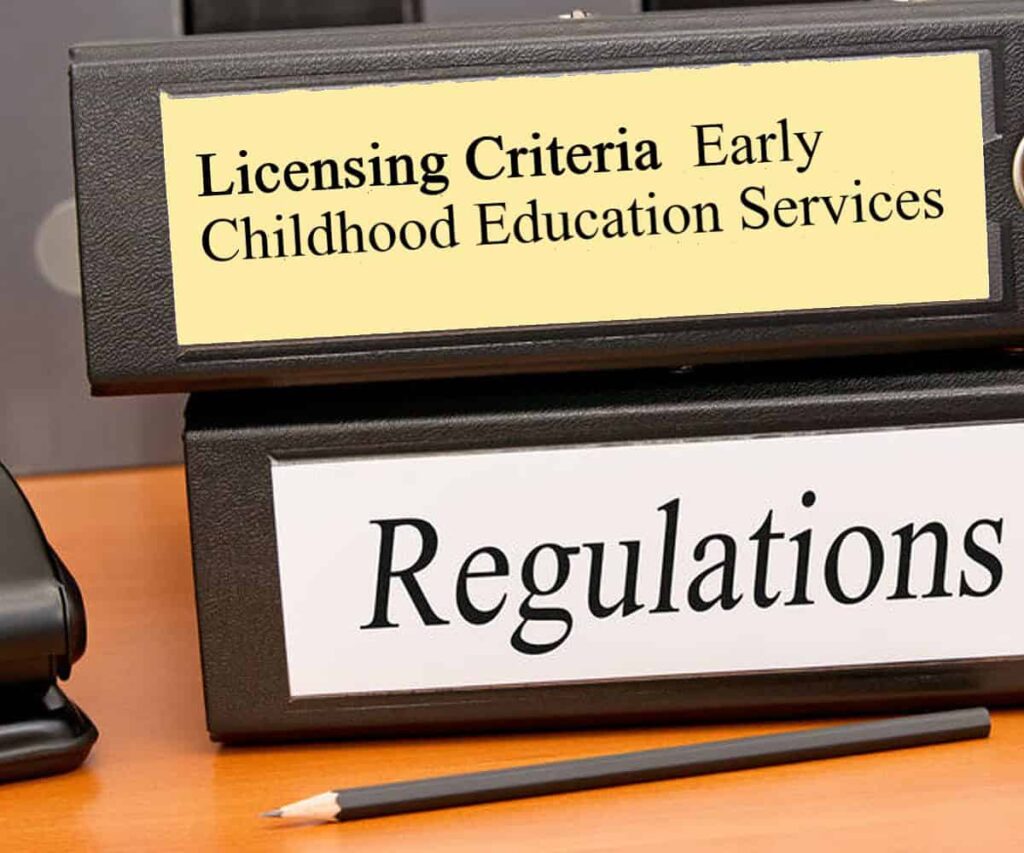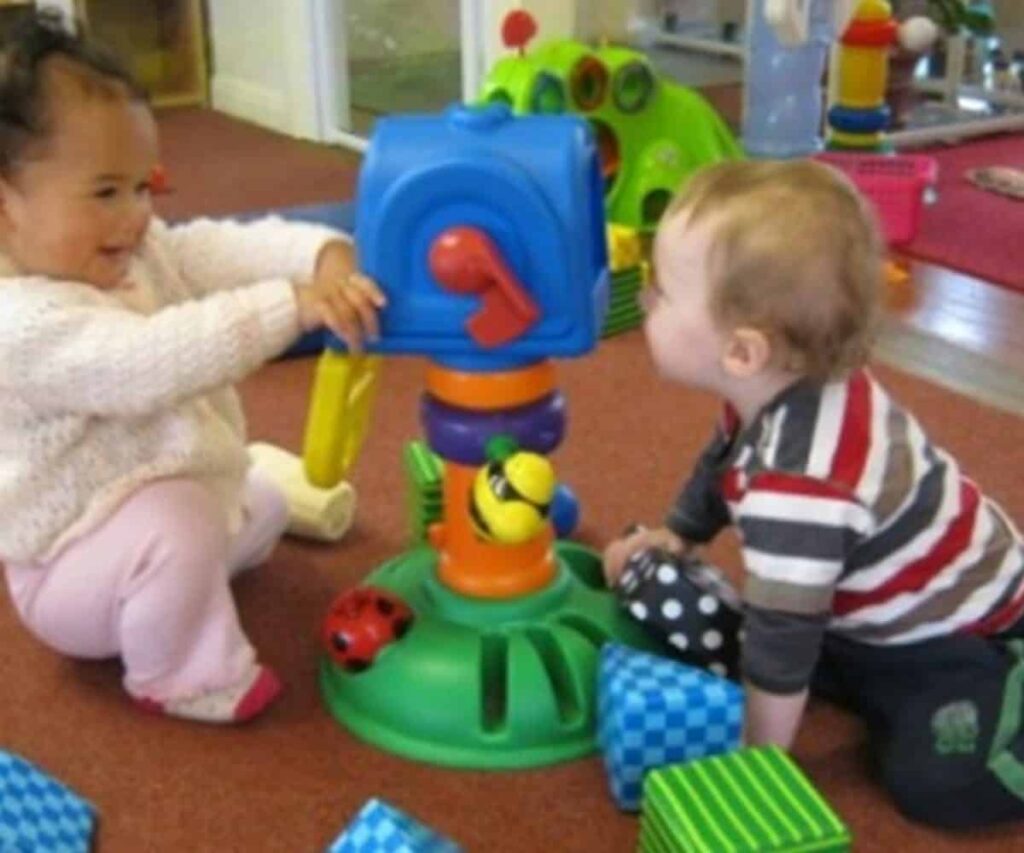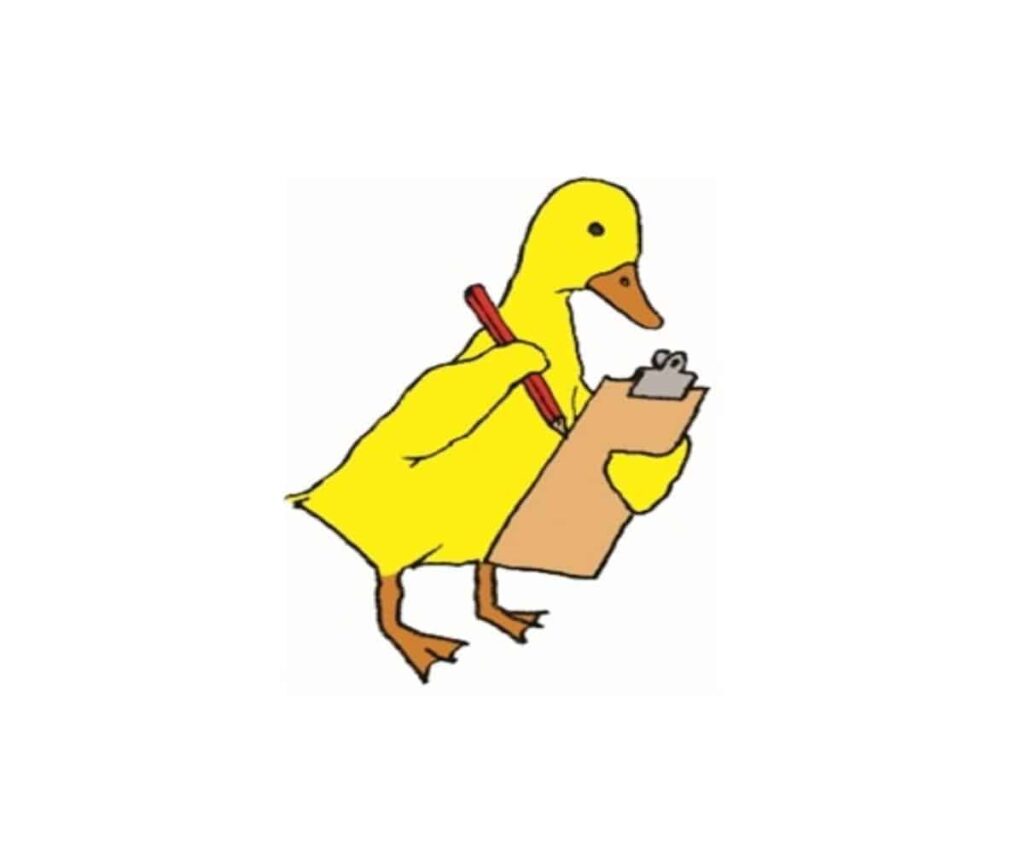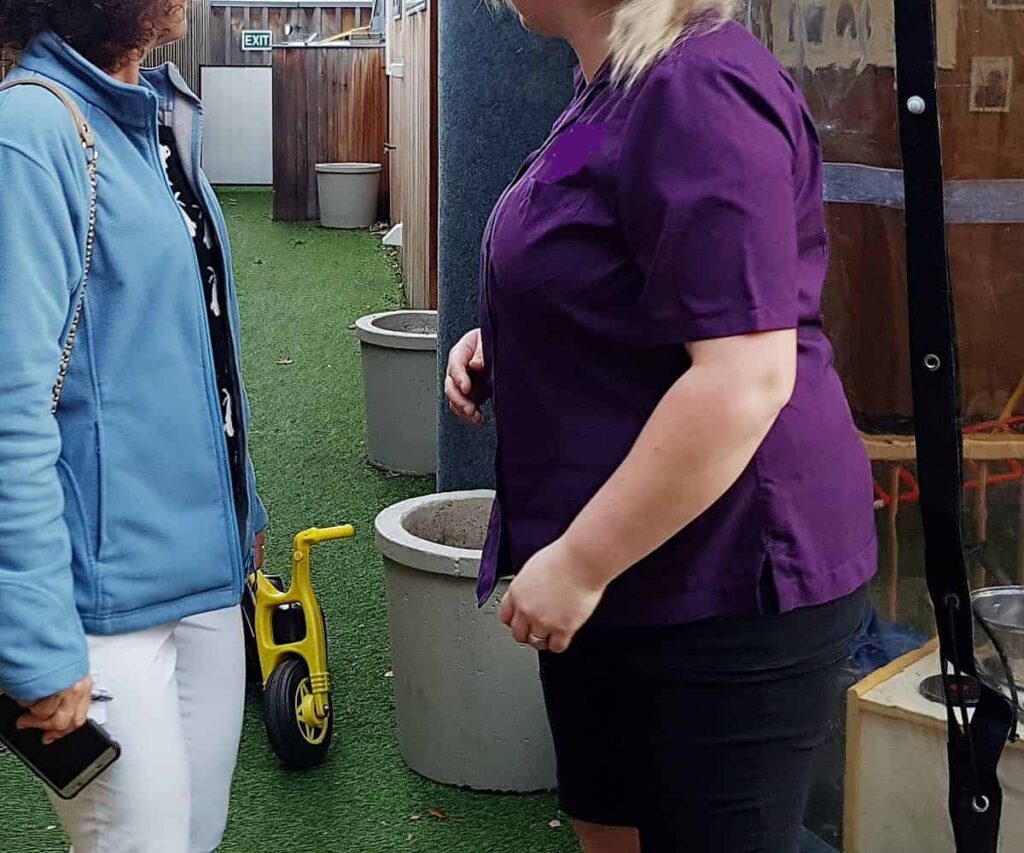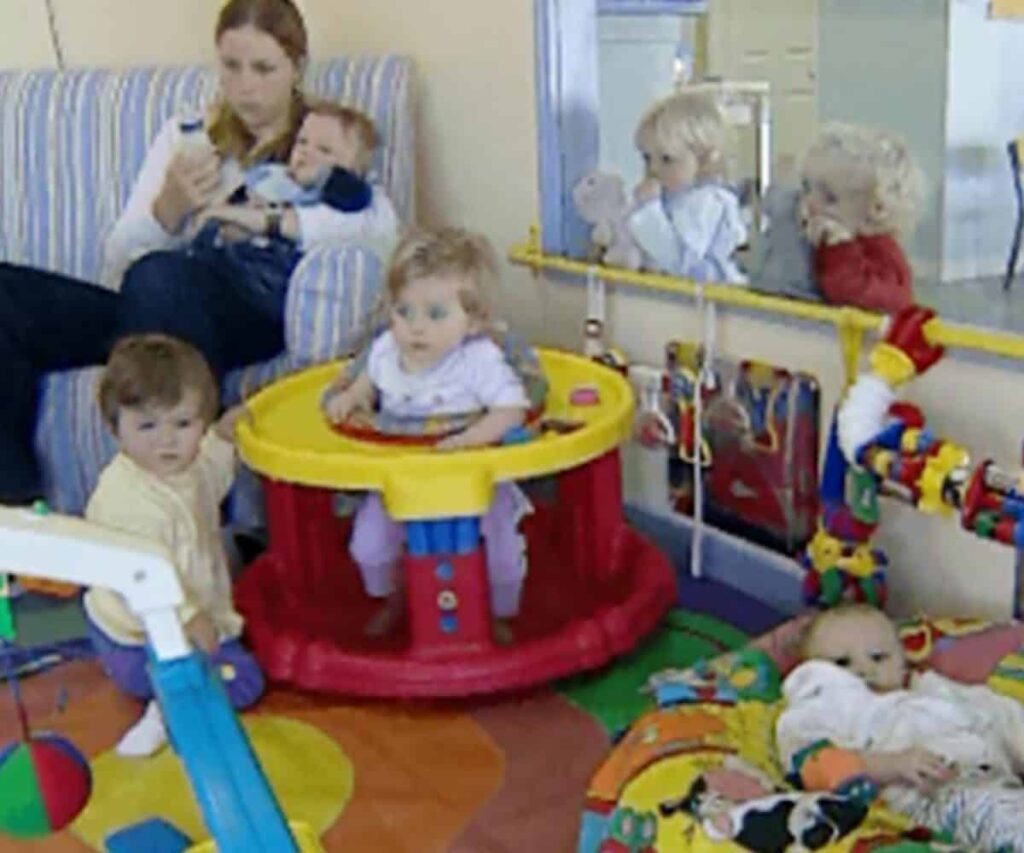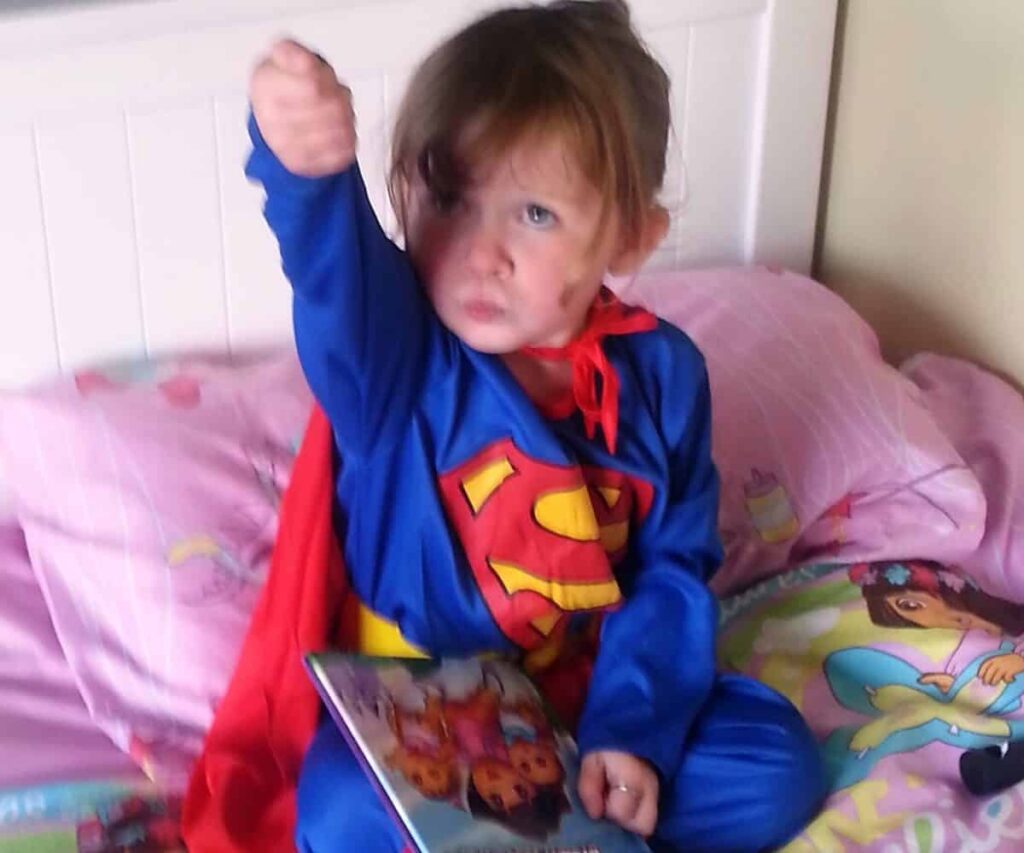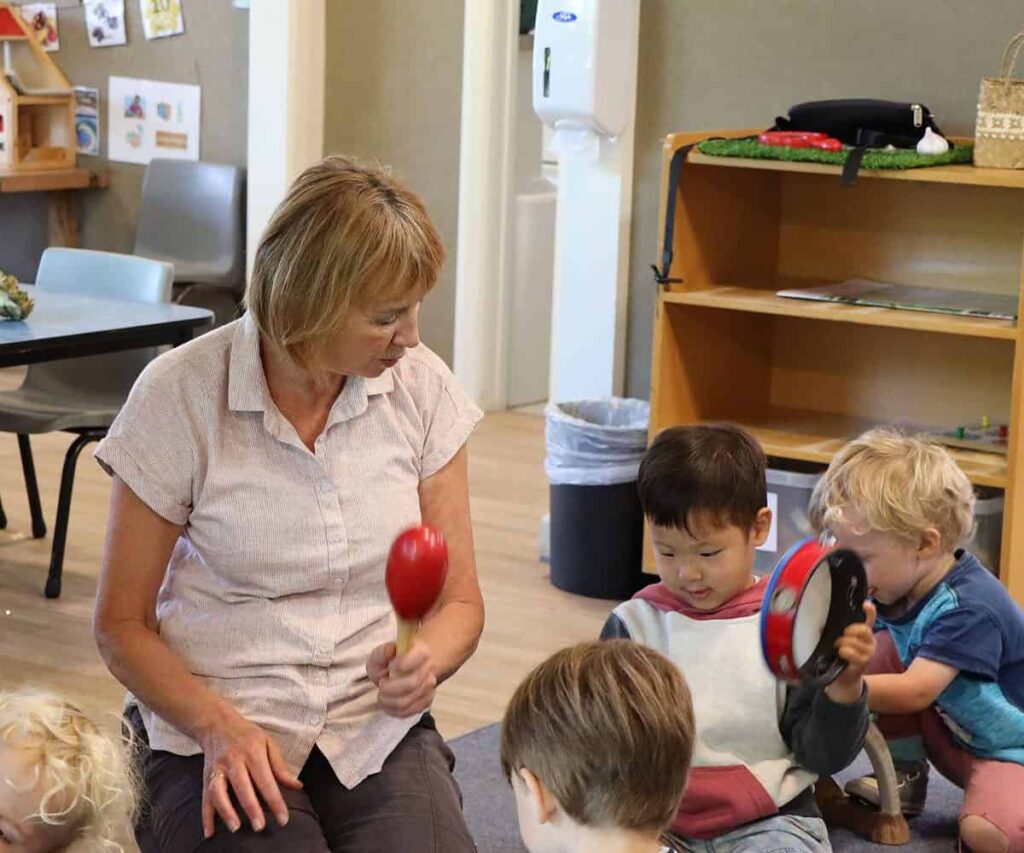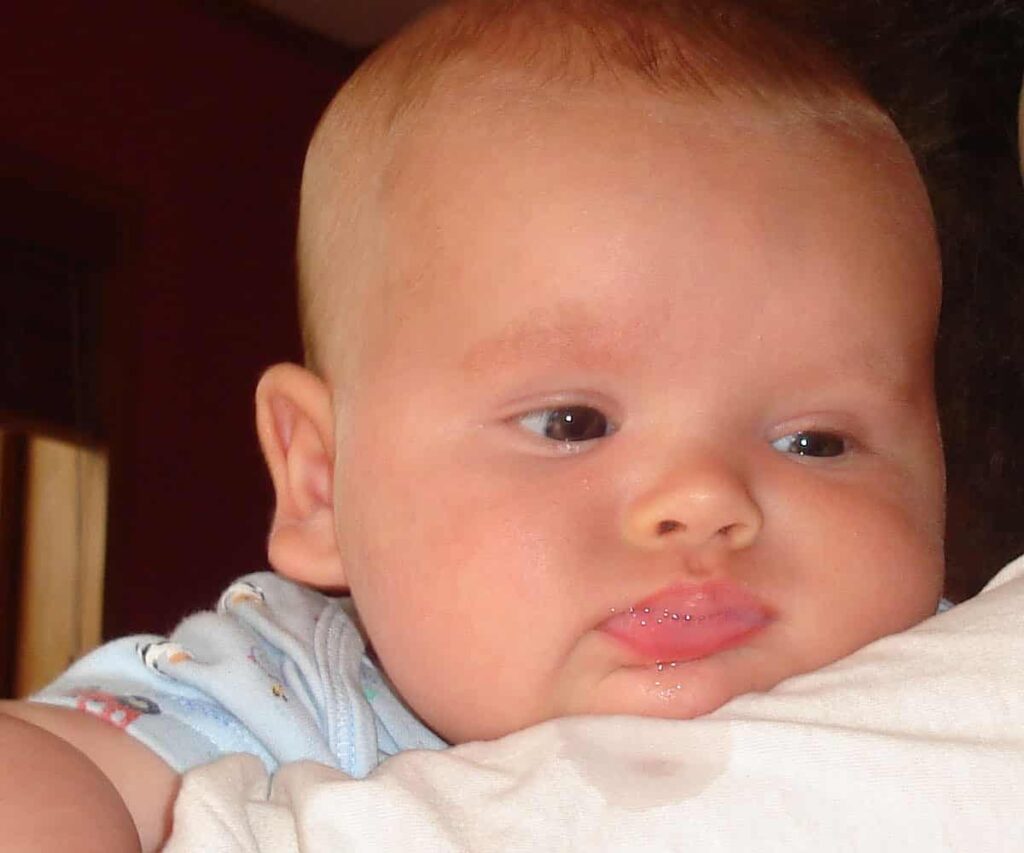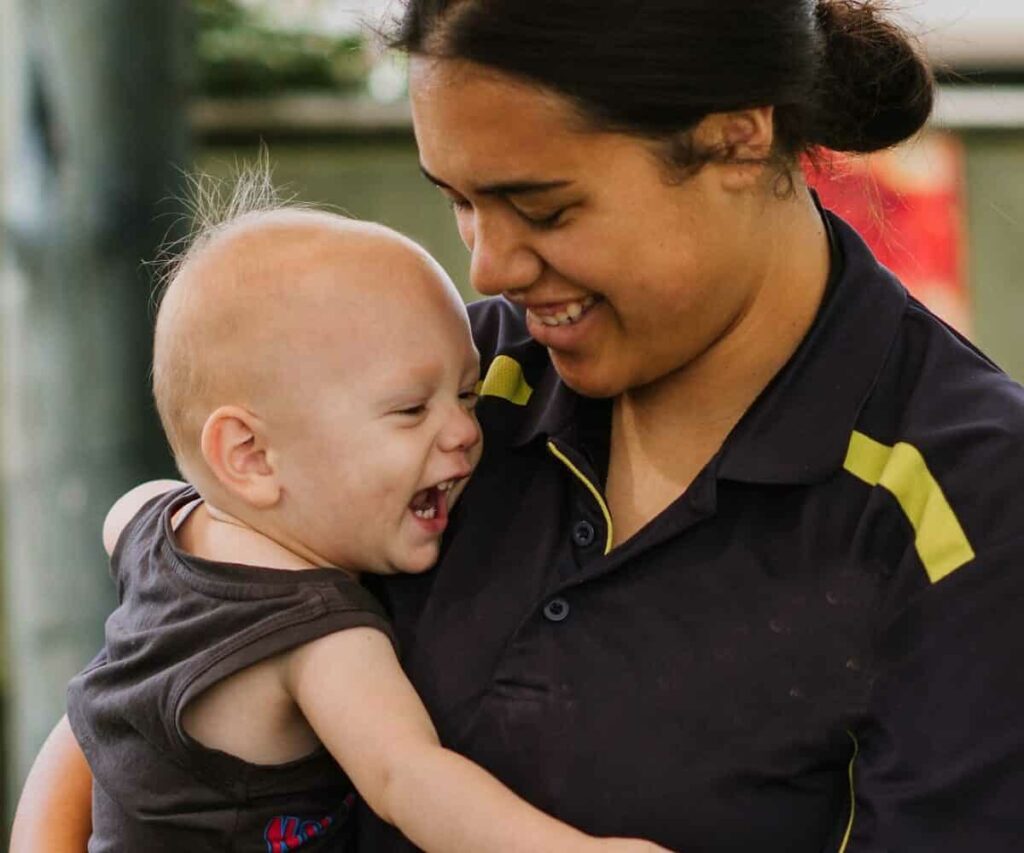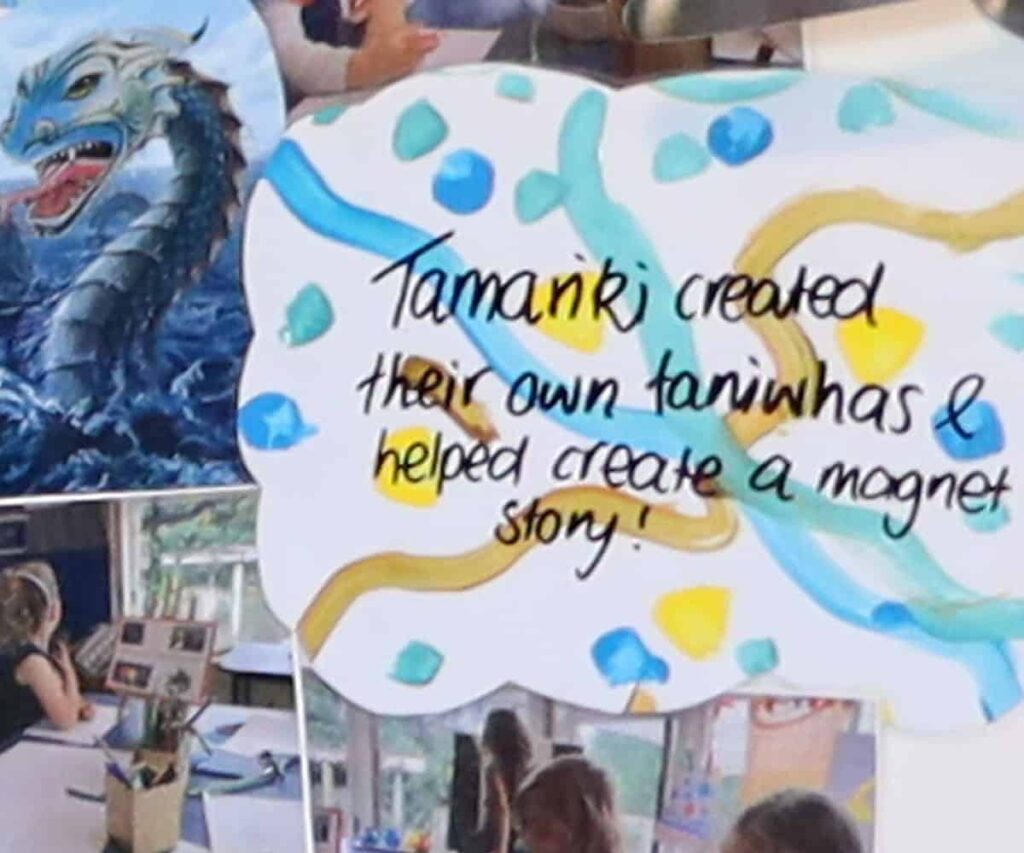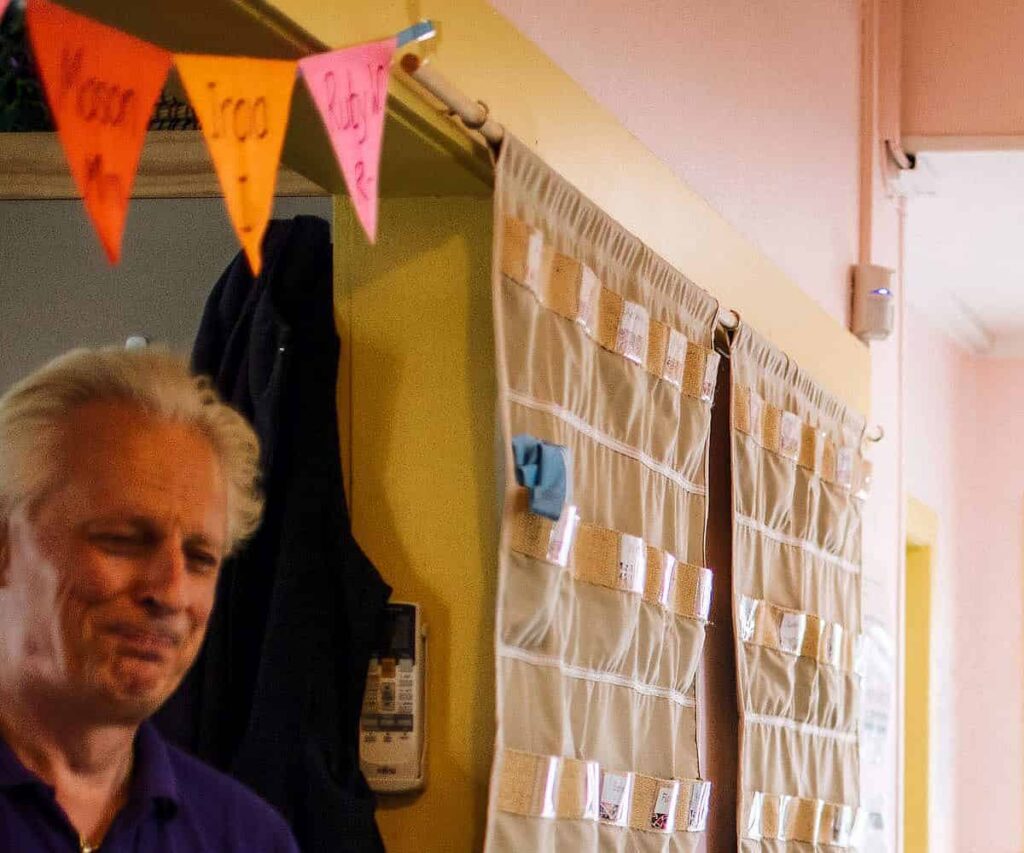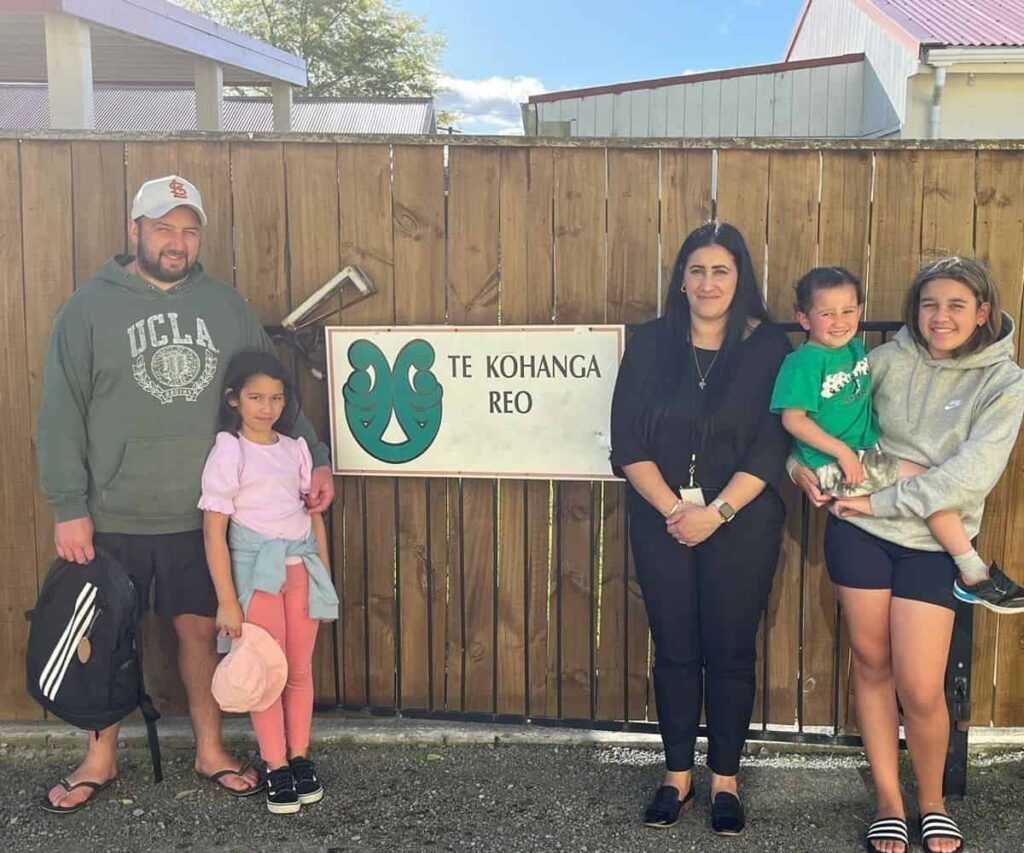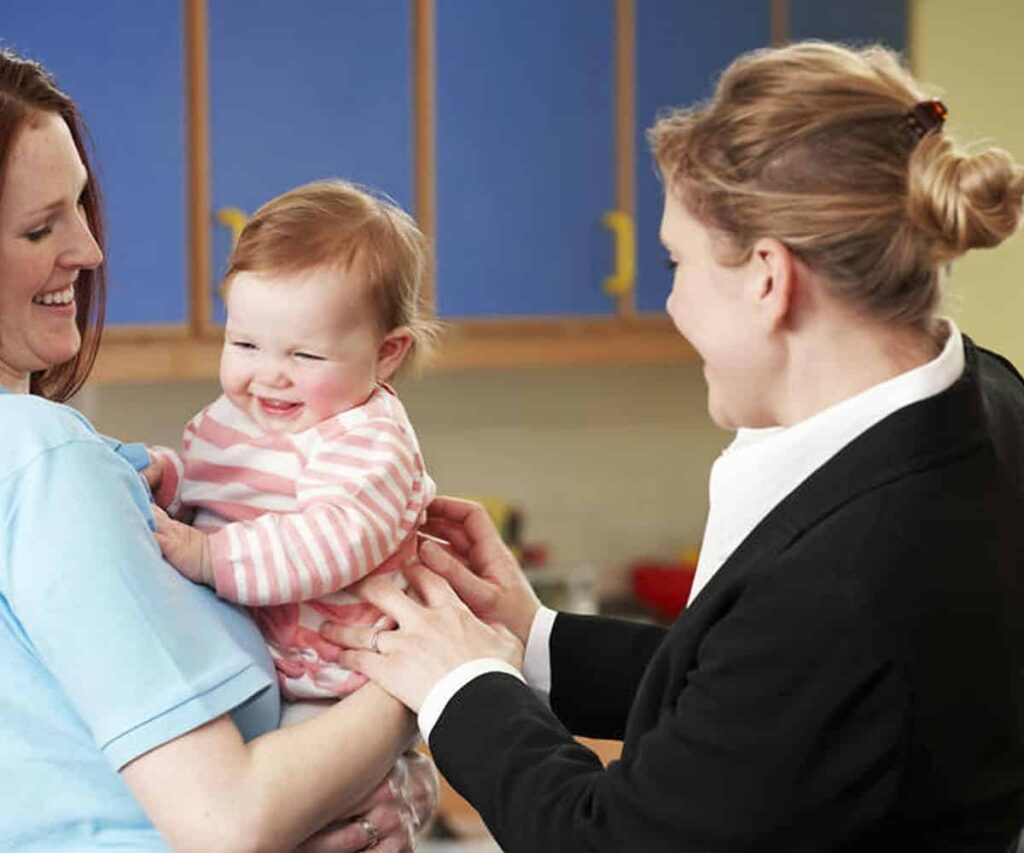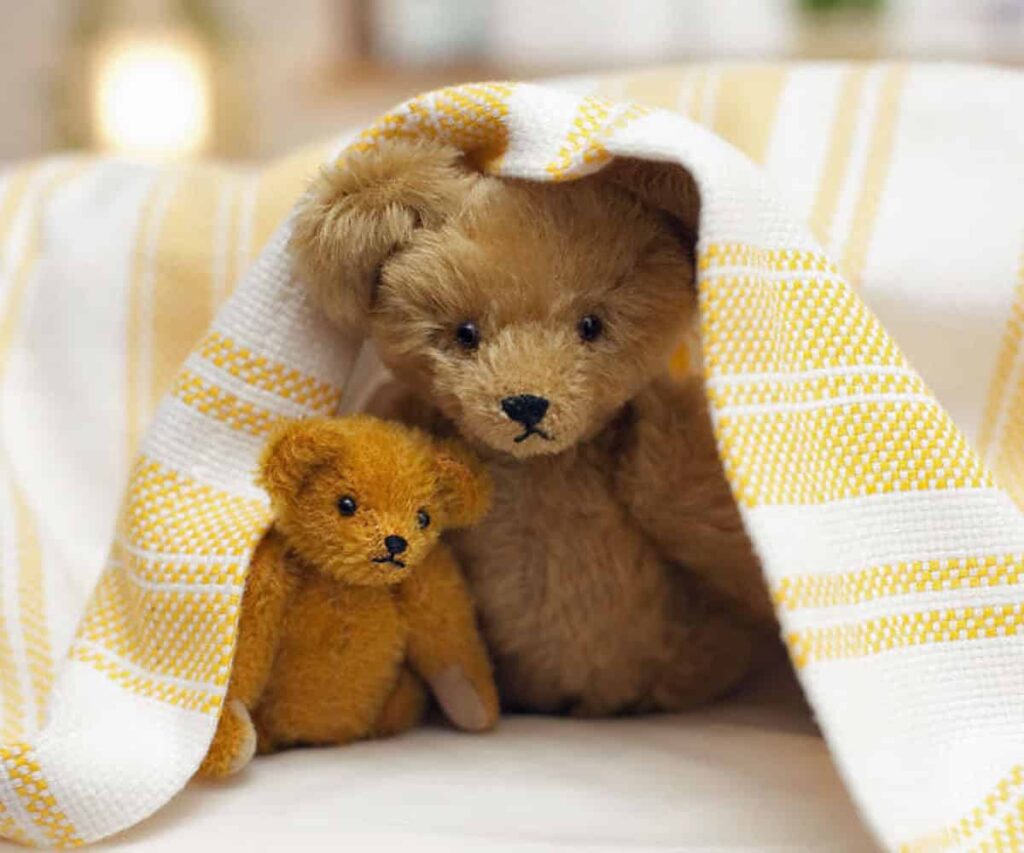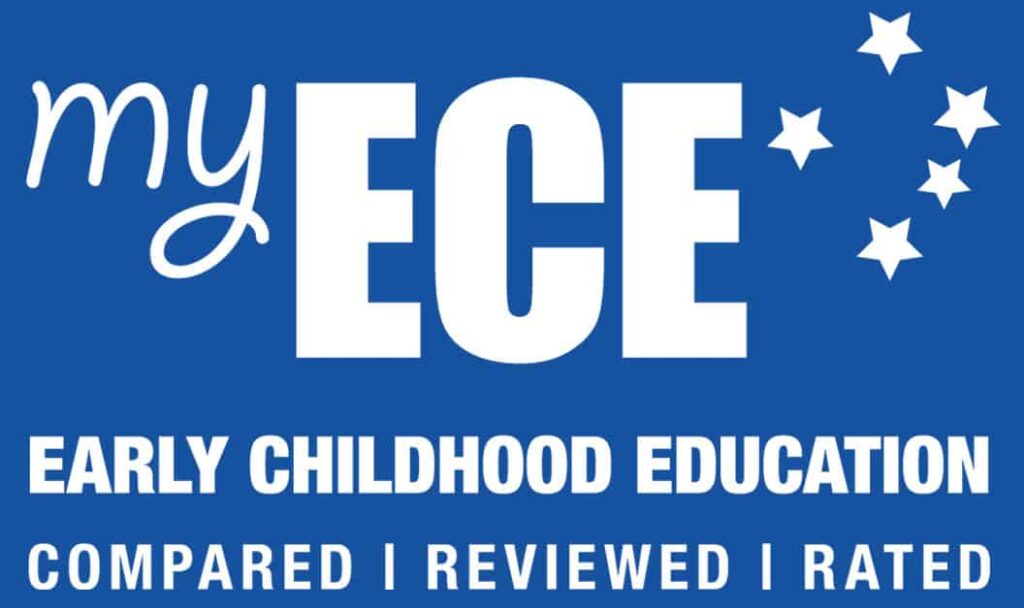A limit on group size and the total number of children placed together during the day in an early childhood programme is important.
Much empirical research on how early childhood programmes effect children’s learning, health, and social development has proven that the size of the group is a key factor for quality. Optimal group size in an early childhood centre is around a maximum of 20 pre-schoolers and 8 under two-year-olds.
Definitions of Class or Group Size and Licence Size
Group size is the total number of children grouped together within a centre with their own teacher/teachers in their own space or classroom.
Licence size is the total of the number of children a centre can legally have attend and be on the premises at any one time.
Centres and Hospital-based ECE Services
Until a few years ago the maximum number of children a centre could be licensed for was 50 and this acted as a de-facto group size maximum in the absence of regulation for group size.
But today centres may legally have up to 150 children 0-6 years.
Until such time as the government introduces regulation to set a limit on group sizes, we advise parents to check if the centre is a boutique centre – licensed for no more than 50 children. Services licensed for 51 or more children are classified as mega-services.
Home-based Agencies
Individual home-based educators must not care for more than 4 children in their own home – this is an ideal group size.
Additional research information on group size
Here is a sample of what just some of the group size research on this matter says …
In 2011 the NZ Government changed regulations allowing the maximum number of children in a centre to increase from 50 to 150. A survey on licence size increase showed strong opposition within the ECE sector against this. Only 9% of the 450 respondents surveyed supported the increase while 91% were against the regulation change. Many of the respondents opposed to an increase in child numbers were working in services that had more than one licensed centre on the same site. They did not want to see greater numbers of children placed together within a single centre licence and they saw this as negative for their work environment and well-being too.
International research has long indicated the negative impact of large numbers of children in ECE on the health of children. Centres with more children tend to have higher rates of sickness and absence (Johansen, et al, 1998, NICHD, Arch Pediatr Adolesc Med. 2003).
Outbreaks of Hepatitis A occur at the rate of 3% in centres that enrol less than 20 children but 53% in those that enrol 51 or more children (Hadler, Erben, Francis, Webster & Maynard, 1982).
Children in small childcare centres in France had two to three times the risk of repeated infections (e.g., upper respiratory tract infections, otitis media, conjunctivitis) than children in family child care settings with no more than three children (Collet, Burtin, Kramer, Bossard & Ducruet, 1994).
The NICHD study (1996) reports that teachers responsible for several infants and toddlers at the same time have limited time to devote to any single child. Other research has shown that in centres with higher numbers of children teachers are more likely to become overly restrictive and controlling or detached and not involved with children (Doherty, 1996).
The size of the group affects noise levels and the amount of stimulation and confusion (Press, 2006). From the perspective of children, when there are too many others, and too much noise, it may not be a happy place to be:
I’m happy in this picture at the lucky, lucky preschool because it’s not noisy there. There aren’t too many kids.
Bronte, aged four, cited in McNaughton et al, 2004.
In centres with higher numbers of children, toddlers in particular may exhibit increased rates of aggression unless they are cared for in small groups with teachers who teach pro-social behaviours (Hay, 2003).
